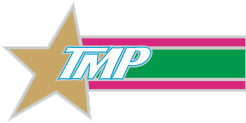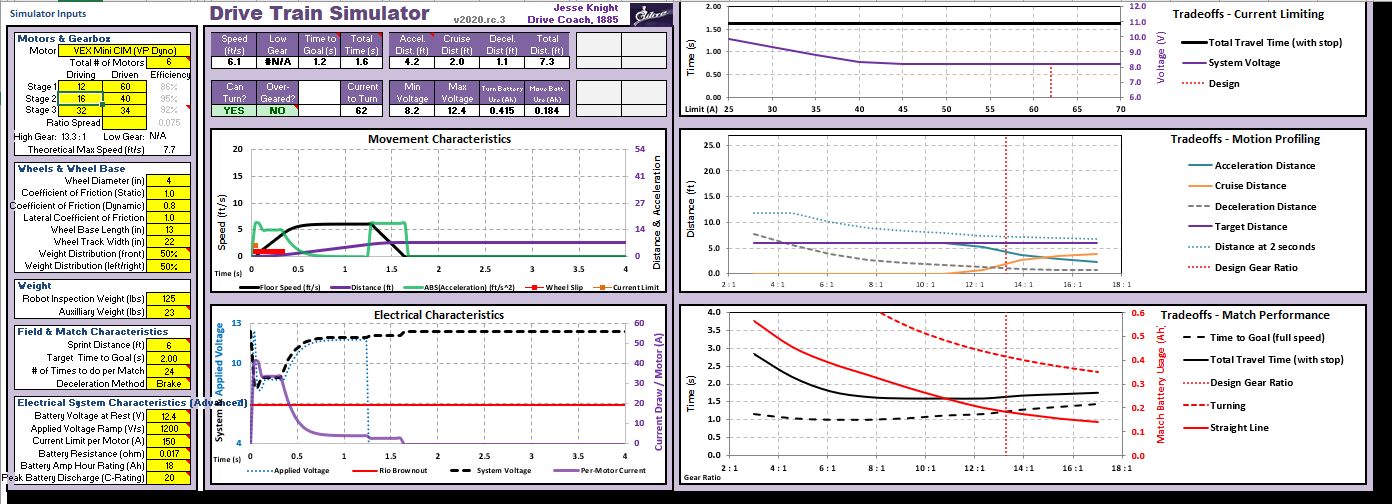A performance driven, focused and innovative engineer-in-training armed with technical, analytical and leadership skills honed through first-hand engineering intern experience. Experiences include start-to-finish product design, design optimization, data analysis, and developing quality control procedures. Articulate communicator, with a solid educational foundation and outstanding ability to establish productive working interdisciplinary relationships.
Taegen is currently studying at Queen’s University for a Master’s of Applied Science in Material Engineering, having received her Bachelor’s in Spring 2021.
See below for some highlights of her engineering career!
URBAN AIR MOBILITY VEHICLE DESIGN GUIDE (MECH 460 Final Project)
September - December 2020
Over the course of four months, was tasked with creating three Urban Air Mobility models in SolidWorks, as part of a design report for the team’s client to establish a basic level of understanding of the UAM design categories.
This project started as 15 conceptual sketches to explore the potential designs of personal air vehicles. The three final designs were then modelled in CAD, and underwent thorough computational fluid dynamics to evaluate design performance.
MECHANICAL TESTING & ADVANCED COMPUTATION LAB ENGINEER IN TRAINING
May 2019 - August 2020
For 16 months, Taegen worked to improve Quality Assurance and Quality Control procedures for geomechanics research associated with nuclear waste management.
As a Mechanical Testing and Advanced Computation Lab EiT in the Queen's University Dept. of Geological Sciences and Engineering from May 2019 to August 2020 in Kingston, Ontario, this position required collaboration with the Nuclear Waste Management Organization (NWMO).
Main tasks of this position were to improve the efficiency and quality of the physical rock testing protocols, and to lead the group through the annual audit by NWMO. She also co-authored a research paper entitled Measuring the Full-Field Strain Response of Uniaxial Compression Test Systems Using Distributed Fiberoptic Sensing.
This position also required taking ownership over the smooth operation of the Geomechanics laboratory and assisting graduate geological engineering students with their research into lab testing protocols and core sample characteristics.
The lab conducts destructive and non-destructive tests on core samples, and the data is used to characterizing its suitability for nuclear waste storage using an MTS Hydraulic Testing machine (pictured left) and a GCTS shear machine.
Many of the projects completed were using SolidWorks and a 3D Printer, where flaws in lab procedures were identified and then replaced with a printed object. Examples of designed lab upgrades included printed molds for concrete pours instead of soda cans, standard sized discs to replace leveling sand in shear testing, oblong stands to allow non-cylindrical core samples to be sheared, and designing an adjustable miter saw outline to increase safety while sample cutting.
Another major project was the redesign and maintenance of a motorized shear cap lifter. The cap is a large steel block that encases a sample during a direct shear test and weighs 45 lbs.
Previously, the cap was lifted by hand. This created long term and short term safety hazards to the operator. The new shear cap lifter is motorized, helping to mitigate the hazards and reduces risk of injury to the operator and damage to the shear machine. This machine was designed in Autodesk Inventor and programmed in Arduino.
F4 CADathon
December 2019
As part of a competitive CAD team, used SolidWorks to design a 125lb robot capable of playing a modified version of hockey. The robot was complete with a 180° puck shooter, vision tracking, electrical systems, and multi-stage gearboxes.
3D PRINTED GEARBOX (MECH 323 Final Project)
January - April 2019
Along with two other students, designed a fully functional single-stage gearbox in NX11 according to specific speed, dimension, and safety factor requirements. All the parts were then 3D-printed and inserted into an RC Car for testing. The design was made to be fully printable in less than eight hours to save resources.





















